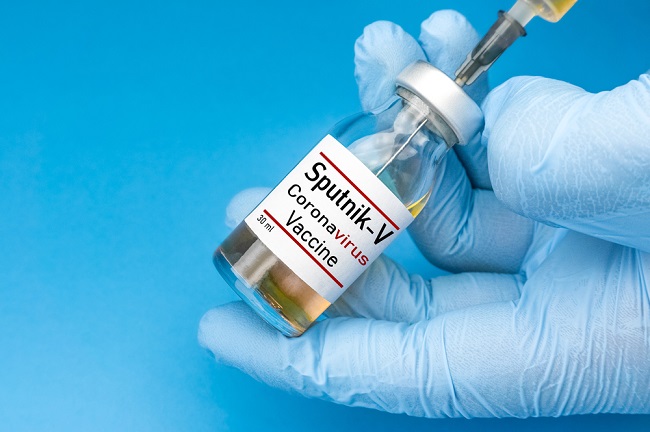Have you ever felt pain or swelling in some parts of your body after playing in the shallow sea? It could be that you experience a stingray sting. Stingrays are usually harmless, but you still need to provide first aid to prevent the wound from getting worse.
Stingrays are flat, disc-shaped fish with wing-like fins. Stingrays can live in seawater or fresh water. Stingrays are most often found in tropical seas. Stingray stings are most common on beaches, and can cause cuts or injuries.

The tail of the stingray is long, thin, and tapered, like a whip. At the end of the tail, there are one or more spines covered by a membrane. Every thorn contains poison. Stingray tails can produce a strong and very painful sting. Generally, stingrays will only sting if they are disturbed or stepped on by swimmers.
Stingray Signs
If you are stung by a stingray, you may experience the following symptoms:
- Severe pain that can last up to 2 days on the part of the body that was stung
- Bleeding in the stung area
- Swelling around the sting site
- Redness or bluish at the site of the sting
- Dizzy
- Muscle cramps or limb weakness
- Seizures
In most cases, stings occur when a stingray is stepped on by a person playing in the water on the beach. Therefore, most sites of injury occur in the legs and feet.
However, stingray wounds can also occur in other parts of the body, for example on the hands. Stings on the hands are commonly experienced by fishermen.
First Aid for Stingrays
You don't have to worry too much if you get stung by a stingray. As first aid for a stingray, take the following steps:
1. Clean the wound with sea water
While still in the water, wash the wound with seawater to remove any splinters of thorns and body parts of the stingray. After that, immediately get out of the water. If there are still thorns or pieces of the stingray's body left, gently remove it.
2. Stop bleeding
If there is bleeding, immediately apply pressure over the wound or cover the wound with a cloth to stop the bleeding.
3. Soak the wound with warm water
Warm water can dissolve any remaining toxins and can relieve pain. However, do not soak the wound in warm water for more than 90 minutes or with water that is too hot, because the skin can burn.
4. Cover the wound with a bandage
Before closing the wound, first clean the wound with clean water and soap. After the wound is treated, cover the wound with a bandage, but don't put it on too tightly.
When to see a doctor?
Generally, stingray wounds will improve after you perform the first aid steps above. However, immediately consult a doctor if you experience an allergic reaction with the following symptoms:
- Difficult to breathe
- Nauseous
- Itch
- Dizzy
If the allergic reaction is severe enough, you may experience a loss of consciousness. Therefore, you need to be immediately taken to the ER at the hospital.
If there are stingray spines on the patient's body, the doctor will remove the thorns. Sometimes doctors need to do X-rays or CT scans on the area that has been stung by a stingray. If necessary, the doctor will give additional injections of antitetanus, pain medication, and antibiotics.
Basically, stingrays are harmless. However, these fish can sting when disturbed. To avoid the occurrence of stingrays, you should be careful when doing activities on the beach or at sea. If you are stung or find someone else stung by a stingray, seek first aid immediately.
Written by:
dr. Sonny Seputra, M.Ked.Klin, Sp.B, FINACS
(Surgeon Specialist)









